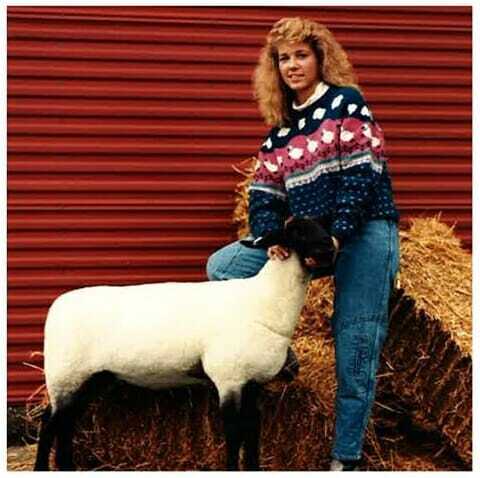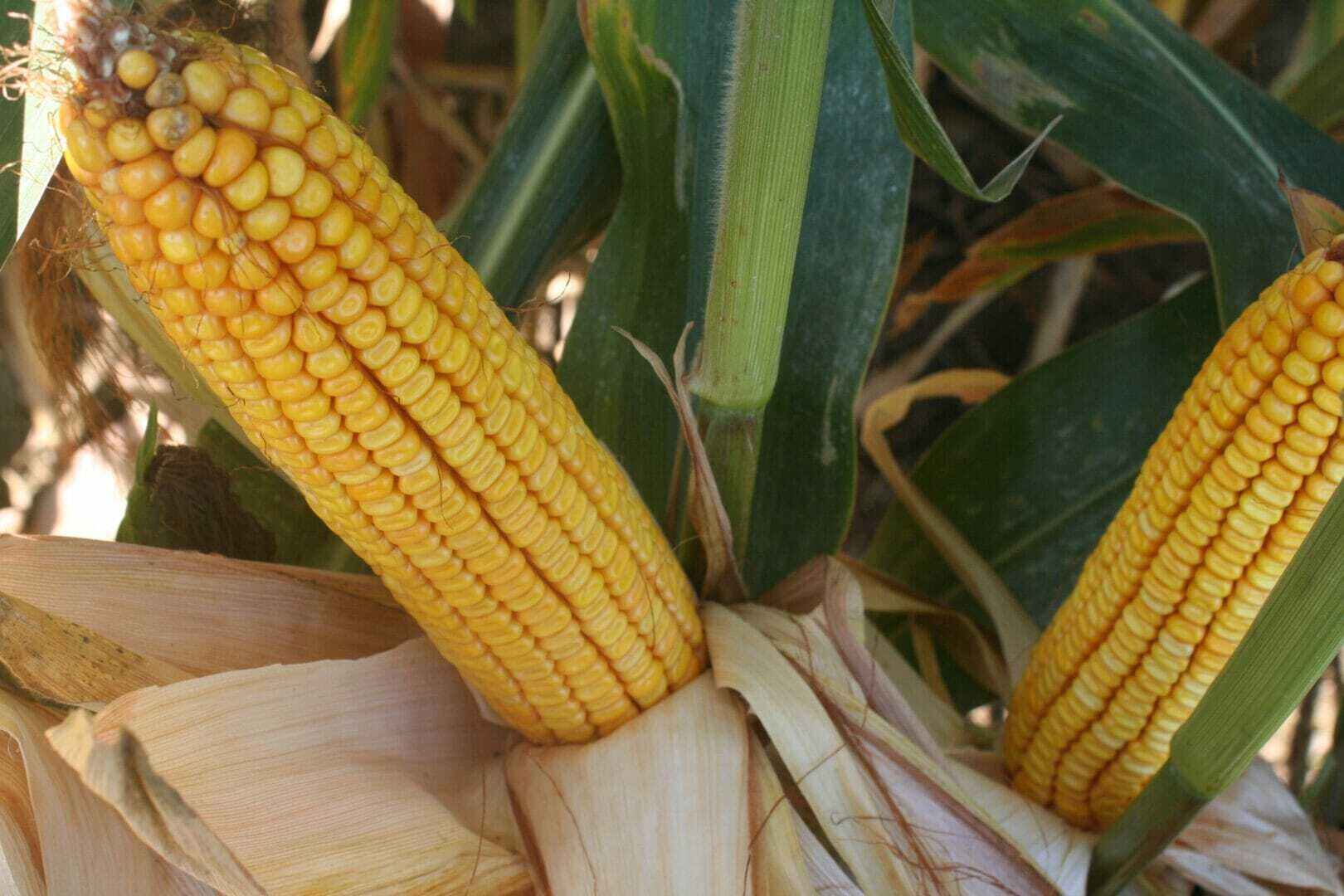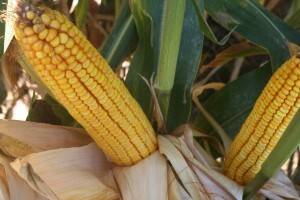This morning I read an article about the possibility of a processing plant – with the potential for 800 jobs – coming to North Iowa. From the comments posted under this article on Facebook, it’s clear that area residents have questions and are raising concerns. That’s why today I’m addressing some of the comments posted by area residents, and I’m sharing why I believe this could be good for Iowa farmers and residents alike.
Rural Iowa needs jobs! Increased employment rates have a ripple effect on the whole economy. Houses get built, or at least remodeled, and occupied. Most small towns have houses that need a family to live in them. Main Street businesses survive because houses in which employed people live bring in business. In turn, property tax revenue makes it possible to improve local schools and roads. See how bringing a processing plant to North Iowa could be a win-win?
It’s too bad there already seems to be some bias against the proposed new business. For starters, the article I read didn’t have the most favorable headline. It called this facility a “slaughterhouse,” which doesn’t exactly conjure up the most pleasant images to non-farmers. The article also included an unpleasant image of a pork carcass on the processing line.
As a farmer, I always try to think of how other people imagine farms. I want non-farmers to see why I feel blessed to work this land, and why farmers feel such a sense of duty and responsibility to the livestock we raise. We take our jobs as stewards seriously.
Not every day on our farm is filled with rainbows – or even sun dogs – and blooming plants. I understand the realities of this situation. When we bring in feeder pigs, we know their mission is to become meat on the table. Our market animals serve the purpose of feeding others, but farmers do what we can to give our livestock the best quality of life. This is why most hogs today are raised inside barns where they’re protected from the winter weather like the terrible blizzard we’ve experienced the past two days.
As I worked on writing this blog, one of my cats was sleeping on my lap. I don’t think Buddy would enjoy being outside today. As much as I enjoy spending time with my pet, I know that Buddy won’t be with us someday. All life comes to an end.
Farmers respect both life and death. The pork industry, for example, has programs like Pork Quality Assurance (PQA) and Trucker Quality Assurance (TQA) to make sure everyone knows the best way to handle pigs. The “We CareSM Initiative” reminds us that everyone throughout the pork supply chain plays a role in building and maintaining trust in the industry.
Every day farmers like me consider how our actions impact our livestock, our workers and the environment. Because I have delivered market pigs, I know there is cooling water available so truckers can keep pigs cool until they’re unloaded from the trailers. When the pigs are unloaded, inspectors keep a watchful eye on how the pigs are handled.
Pigs cannot be mistreated. Our protocol does not allow hitting or even cussing at a pig to get them loaded, unloaded or at any time. (If you’ve ever handled livestock, you know how frustrating it can be. Not cussing can be a challenge!) Pigs may not even be handled roughly after they die. The auditing and inspection process has gotten very involved, and I just want consumers to understand there are protocols in place.
It can be so easy to stop a new idea – to stop change – before all sides are even considered. Let’s look at the upside and grab opportunities when we can. We need to let Mayor Bookmeyer know he has our support!




 research. One family every day of the year will find their world turned upside down as they learn their child has a rare nerve disorder called NF. This news will be followed by MRI’s, doctor’s visits and therapy sessions but no cure.
research. One family every day of the year will find their world turned upside down as they learn their child has a rare nerve disorder called NF. This news will be followed by MRI’s, doctor’s visits and therapy sessions but no cure.


 Rother’s mantra. He’s been married for 37 years to his childhood friend, and he feels so fortunate that he has worked with both of his sons. He considers his daughters-in-law to be bonus members of his family and is delighted that all five grandchildren live within four miles of the family farm.
Rother’s mantra. He’s been married for 37 years to his childhood friend, and he feels so fortunate that he has worked with both of his sons. He considers his daughters-in-law to be bonus members of his family and is delighted that all five grandchildren live within four miles of the family farm.












